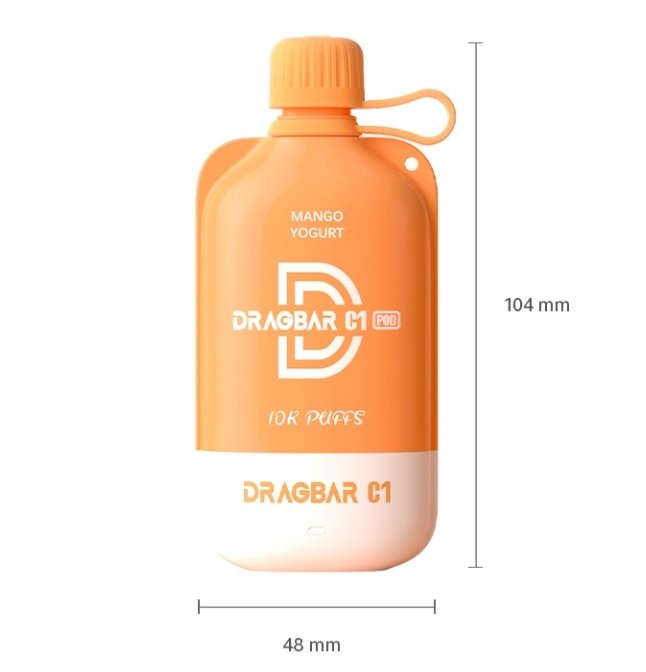Writing for The Times, Professor Sir Chris Whitty, England’s chief medical officer, said it was unacceptable to market e-cigarettes to children – they should only play a role in helping smokers quit.
The following is the full text:
It’s easy to summarize the main points about e-cigarettes. If you smoke, e-cigarettes are safer; If you don’t smoke, don’t vaping; The marketing of e-cigarettes to children is completely unacceptable.
Cigarettes are the biggest cause of entirely preventable illness and death in the UK. Smoking greatly increases the risk of heart disease, stroke, many types of cancer, dementia and lung disease. It can harm people around smokers, including children and unborn babies.
The cigarette industry’s model has been to get people addicted to nicotine as early as the law allows, in most cases teenagers. Once addicted, most smokers then want to quit, but it’s very difficult. Although some industry lobbyists claim to be pro-choice, deliberate industry-induced addiction deprives them of choice. To be pro-nicotine addiction is to be anti-choice.
Helping smokers to quit is one of the best things we can do for their health. Using e-cigarettes is an effective quitting tool that many addicted smokers find effective, and is safer than smoking given the multiple and enormous health risks of smoking. So switching from smoking to e-cigarettes is a positive health move.
However, e-cigarettes are not without risks. We don’t know the long-term effects of many e-cigarette ingredients, and it’s not in addicts’ interests for companies to deliberately induce nicotine addiction in others to maximize profits. Therefore, non-smokers should be encouraged not to start vaping, especially if they use e-cigarettes containing ingredients such as nicotine, whose primary purpose is to get them addicted.
When it comes to children, we should be more blunt. It is a shame that companies are trying to get children addicted for profit. Yet this is undoubtedly happening. In England, the proportion of 11- to 15-year-olds using e-cigarettes increased from 6% to 9% between 2018 and 2021 and is still rising. Companies are marketing products specifically aimed at children, using colors, flavors, and cheap disposable options, whatever they claim to be.
Unsafe and illegal e-cigarettes have also been pushed into our communities, with recent today news suggesting they may contain dangerous chemicals such as lead and nickel. High levels of inhaled lead can damage a child’s central nervous system and brain development. Some products claim to be nicotine-free, or contain the harmful cannabinoid THC chemical.
The announcement to reduce the marketing of vape products to those under the age of 18 is a very welcome step towards ending the harm that certain parts of the vape industry are causing to children. The government has launched a call for evidence on further opportunities to prevent children vaping, and I encourage those with evidence to submit it.
We should continue to encourage smokers to switch to e-cigarettes because of the lower risk, while preventing the marketing and sale of e-cigarettes to children.












